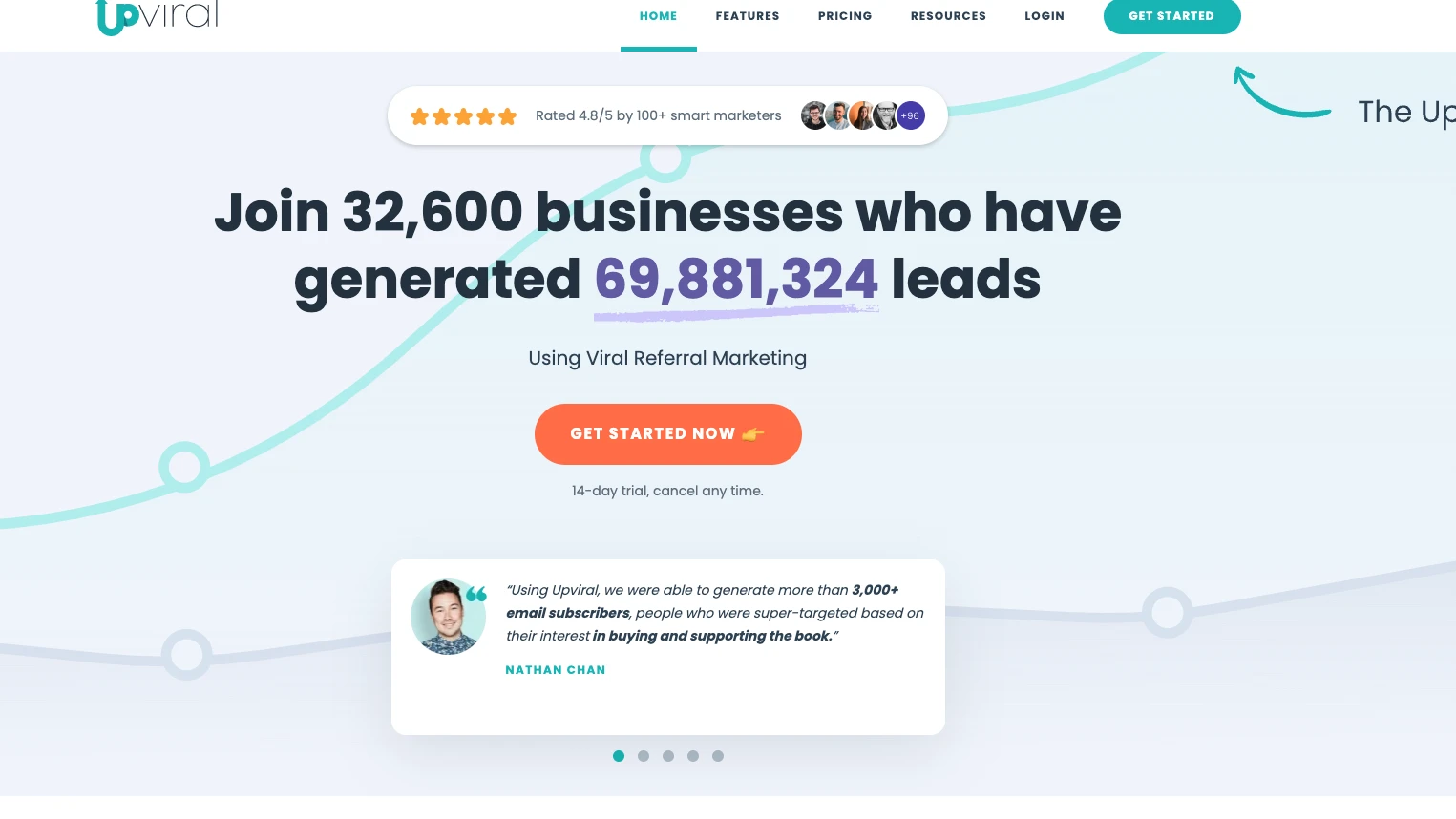How to use chat GPT for affiliate marketing
Identifying a profitable niche takes precedence in the ever-competitive realm of affiliate marketing. The rise …

When I joined Upviral, a referral marketing platform, the company was at a pivotal point in its journey. As a product manager stepping into this role, I aimed to lead the redesign of the campaign creation workflow.
I was drawn into the opportunity shortly after exiting my previous startup, and with the help of customer referrals, I found myself stepping into this challenging but rewarding position.
The CEO, who was the original designer of the tool, had a clear vision of what he wanted to achieve, and my task was to bring that vision to life while enhancing the user experience.

The initial assessment revealed a significant problem: the campaign creation process was overly complex, consisting of 13-14 steps. This complexity was a barrier to user adoption, and many customers abandoned campaigns before they went live.
Our main objective was to simplify the process and reduce the steps to a maximum of 7, making it easier for customers to create campaigns and ultimately increase the number of campaigns created.
The first step in this transformation was collaborating closely with the UX team. We dived into the existing workflow, dissecting each step to identify inefficiencies and areas for improvement.
We reimagined the entire process, reorganizing functionalities to streamline the user journey.
A key feature of this redesign was the task creation builder. Customers found it challenging to create creative tasks for their campaigns, often defaulting to generic options like "Like our page" or "Follow us on Twitter." This limitation hindered their ability to fully leverage the platform's potential.
The task creation builder guided users through a series of task options, starting with broad suggestions and narrowing down to specific actions that matched their campaign goals. This feature aimed to help customers create tasks that aligned with their objectives and effectively engaged their audience.
We also introduced pre-built campaigns to simplify the process further. These campaigns required only 2-3 configuration steps, making it easier for users to set up campaigns quickly. This was a game-changer, reducing the effort required and improving user adoption.

To ensure the smooth implementation of these changes, we implemented JIRA as a project management tool and adopted a two-week sprint cycle. This required training the international development team on agile methodologies, a significant shift for a team not accustomed to such practices.
I took on a proxy CTO role to oversee this transition, reorganizing the team until a permanent internal lead was established.
Managing stakeholder expectations was crucial. The CEO, being the original designer of the tool, had strong opinions on how it should evolve.
It was essential to align his vision with the practicalities of implementation. Other management members had their expectations, and balancing these different perspectives was key to the project's success.
Customer conversations and research played a pivotal role in guiding the redesign. We dove deep into customer service tickets to identify pain points, bugs, and issues. Analyzing this data over six months revealed the most significant challenges customers faced.
Once we had clickable prototypes, we conducted customer interviews and walkthroughs to ensure our changes met their needs. This iterative feedback loop was instrumental in refining the workflow and ensuring it addressed real customer pain points.
The project had its technical challenges. The outdated codebase and lack of documentation resulted in significant technical debt.
This made it challenging to implement changes swiftly and smoothly. However, we overcame these hurdles through persistent effort and collaboration, ultimately delivering an improved workflow.

The impact of these changes was evident in the metrics. There was a significant double-digit decrease in customer complaints and support tickets, reflecting the usability improvements.
More importantly, customer campaigns increased by double digits, leading to more leads generated through the platform. These metrics were a testament to the effectiveness of the changes we implemented.
Reflecting on my time at Upviral, the most rewarding aspect was overcoming the challenge of reducing the complexity of the campaign creation process. It was a multifaceted project that required careful analysis, stakeholder engagement, and technical prowess.
Managing expectations, aligning the team, and resolving technical challenges were all part of the journey. However, seeing the tangible impact of our work on customer satisfaction and business metrics made it all worthwhile.
This experience reinforced the importance of understanding customer needs and using data to drive decisions. The agile transformation taught me the value of clear communication and alignment within teams.
These learnings have shaped my approach to product management, emphasizing the importance of user-centric design, agile methodologies, and stakeholder collaboration.
The project at Upviral was a comprehensive overhaul of the campaign creation workflow, simplifying the process for users and driving significant business results. The journey was filled with challenges, but the outcome demonstrated the power of strategic design, agile implementation, and customer-centric thinking.
Some other posts you may like

How to use chat GPT for affiliate marketing
Identifying a profitable niche takes precedence in the ever-competitive realm of affiliate marketing. The rise …
May 03, 2024
Read More
Can Blogging Be Profitable
Artificial intelligence is no longer a futuristic concept; it's an integral part of our daily …
May 03, 2024
Read More